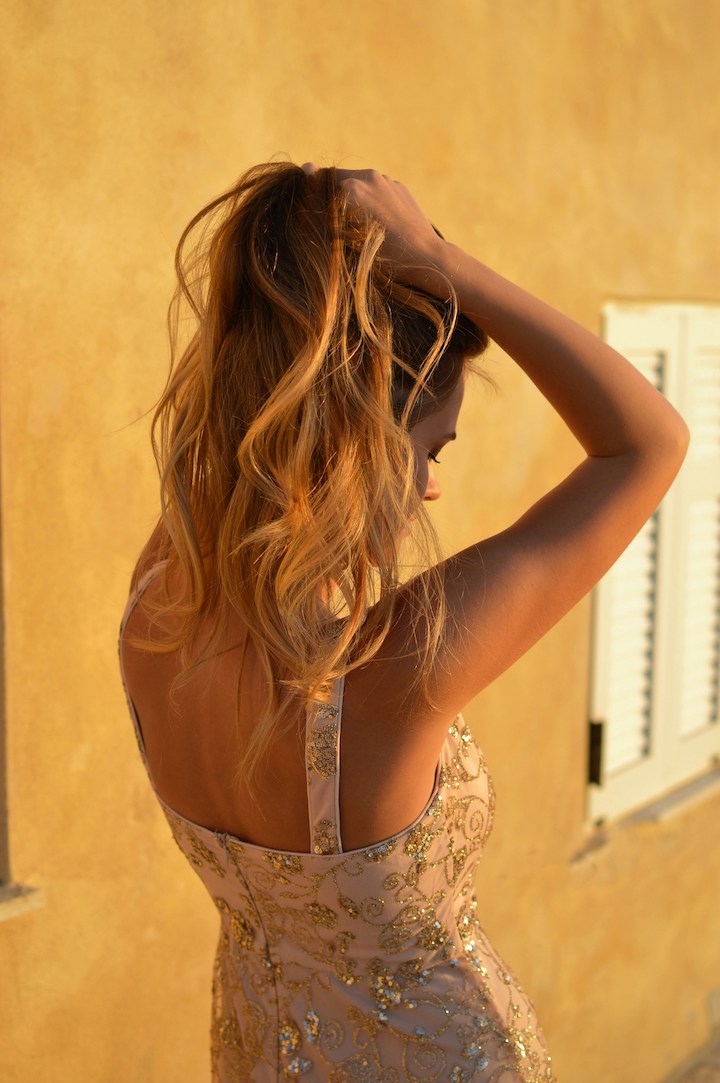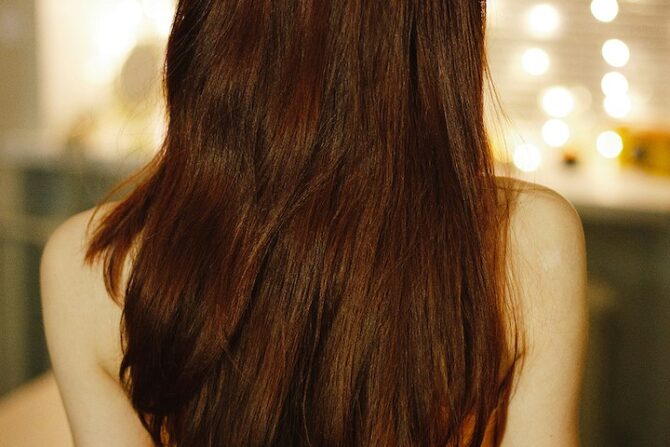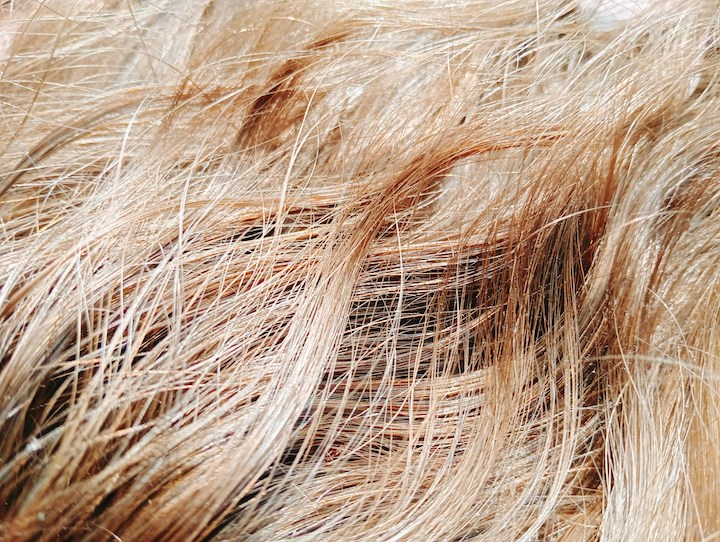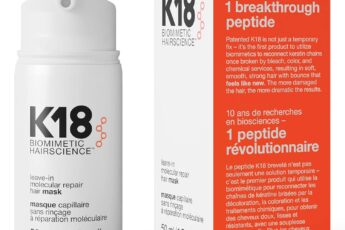You know that feeling you get right after a fresh hair gloss treatment? When the light hits your hair just right and there’s this rich, almost glassy shine? It’s such a good moment. You run your fingers through your hair and everything feels smooth, silky, and just… better.
But then a week or two goes by. Maybe even less. And you start wondering — where did all that glow go? I’ve been there. One day it’s shiny, the next it’s dull. It almost feels like the gloss just ghosted you. And if you’ve ever asked yourself why it didn’t last, you’re definitely not the only one. This is why we need to look at hair gloss longevity factors.
Hair gloss can be a great way to refresh color, tone brassiness, or just add shine to dull strands. But its staying power depends on more than just the product itself. How you treat your hair after the gloss, what your hair was like before, and even the water you rinse with — it all adds up.
So let’s walk through the real reasons hair gloss fades fast, and what you can do to make it stick around longer.
Table of Contents
1. How Often You Wash Your Hair
Let’s start with something that might sound harmless — washing your hair. You’d think water would be gentle, right? But here’s the thing: water alone can strip away hair gloss.
Every time you wet your hair, the gloss layer starts to break down just a little. Add shampoo into the mix, especially if it’s not gloss-safe, and it speeds things up even more.
I used to wash my hair every day. I thought it was just what you did. But once I started spacing it out — washing every 2–3 days instead — I noticed the gloss lasted longer. A lot longer.
So if your hair gloss fades quickly, ask yourself how often you’re washing. Even cutting back by a day or two each week can make a real difference.

2. The Shampoo and Conditioner You Use
Here’s another one I didn’t think mattered — until it did. The shampoo and conditioner you use can either protect your gloss or destroy it.
If you see the word “sulfates” on the ingredient list, that’s a red flag. Sulfates are powerful detergents, and while they do make shampoo lather up nicely, they also strip color and gloss right off your strands.
I switched to a sulfate-free, color-safe shampoo after my third gloss treatment. Before that, the shine faded in a week. After switching? It held on for nearly three weeks.
It’s a small change. But it works. If you want that glow to stay, you need products that are made to protect it.
Check out: Game-Changing Hair Mask Ingredients You Need to Try Now
3. Heat Styling Tools
Okay, this one hurts — because I love my flat iron. But heat is one of the biggest reasons gloss fades too fast.
When you use a blow dryer or hot tools like curling irons or straighteners, the high temps can wear down the gloss layer. It’s like melting a top coat off your hair, little by little.
What really made it click for me was when I went a week without heat styling. I just let my hair air-dry and skipped the tools. The gloss stayed shiny longer, and I didn’t notice nearly as much fading.
You don’t have to give up your tools forever. But if you can turn down the heat, use a thermal protectant, or skip styling every now and then — it helps.
4. Sun Exposure
I never thought the sun could affect my hair gloss. I mean, sure, it burns skin. But hair? Turns out, UV rays can dull gloss faster than you’d think.
The more you’re out in direct sunlight, the more your hair gloss fades. Especially if you’re not using any protection.
I used to take long afternoon walks without thinking twice. My hair would look brassy and flat after a week. Then I started wearing a hat or using a UV spray for hair. And yes — big difference.
You don’t have to hide from the sun. But giving your hair some kind of shield really helps that shine last longer.

5. The Health of Your Hair Before Glossing
This one surprised me the most. I used to think gloss would fix everything — dryness, damage, breakage. Like a magic cover-up. But it doesn’t really work that way.
If your hair is damaged or porous, it won’t hold onto the gloss very well. The gloss sinks in and fades faster because your strands are too rough or open to keep it locked in.
When I started using deep conditioners regularly and trimming split ends, my gloss results improved. It wasn’t instant. But healthier hair holds gloss better — plain and simple.
If you’re not sure how porous your hair is, here’s a quick trick I use: Take a strand of clean, dry hair and drop it in a glass of water. If it sinks fast, your hair is probably porous and needs a bit more love before glossing.
6. Water Quality in Your Area
Now here’s something I never thought about until I moved. The water you use to wash your hair really matters.
If you live in an area with hard water — that means water filled with minerals like calcium and magnesium — it can make your gloss fade fast. Those minerals can create a buildup that dulls your hair and makes it harder for gloss to stay put.
When I moved to a place with hard water, I noticed my gloss wouldn’t last more than a week. It looked like I hadn’t done anything at all. Then I started using a simple shower filter, and suddenly, my gloss started lasting again.
It’s such a small thing, but it makes a huge difference if your water is the culprit.
7. How the Gloss Was Applied
Last but definitely not least — how the gloss was done matters a lot.
Was it a professional treatment or a DIY gloss from a box? Was the application time right? Did you follow aftercare instructions?
I’ve done both. I’ve had it done at a salon and also tried doing it myself at home. Here’s what I learned: professional glosses usually last longer because the stylist can tailor the formula to your hair’s needs. They know how long to leave it in, and they prep the hair properly.
When I rushed through a gloss at home once — didn’t apply it evenly, didn’t time it right — it faded so fast. So if your gloss keeps fading quickly, and you’ve done it yourself, that might be a clue.
Also Read: Toning Orange Hair: The Best and No-Stress Way to Fix Brassiness
What You Can Do to Make Hair Gloss Last Longer
So now that you know what might be cutting your gloss short, let’s talk about what you can actually do to stretch out that shine.
Here’s what’s helped me:
- Wash less often — every 2–3 days instead of daily
- Use sulfate-free shampoo and a gloss-safe conditioner
- Skip heat styling when you can, or use lower settings with a heat protectant
- Protect your hair from the sun with hats or UV sprays
- Get regular trims and deep condition to reduce damage
- Install a shower filter if you have hard water
- Consider getting your gloss done professionally if at-home results keep fading
You don’t need to do all of these at once. Even just one or two can make a difference. Pick what feels easy and build from there.
Conclusion
Hair gloss can feel magical — until it disappears. But now you know the reasons why it might be fading too fast.
It’s not always the product. Sometimes it’s just the little things — your water, your shampoo, the heat you use, or how your hair was before the treatment.
The good news is, these are things you can control. You don’t need to toss your whole routine or chase expensive fixes. You just need to take a few small steps — one at a time.
So if you’ve been chasing that glow and wondering why it fades, I hope this helped. Your shine isn’t gone. It just needs a little support to stick around.
Frequently Asked Questions
Can I use hair oil after getting a gloss treatment?
Yes, but choose lightweight oils and avoid heavy ones that might break down the gloss. Apply sparingly to the ends, not the scalp.
Is hair gloss the same as hair dye?
No. Hair gloss is more of a semi-permanent shine and tone treatment. It doesn’t change your natural hair color permanently like dye does.
How soon can I wash my hair after glossing?
Wait at least 48 hours before washing your hair. This gives the gloss time to fully settle into your strands.
What’s the best shampoo to use after a gloss treatment?
Go for sulfate-free, color-safe shampoos. Look for ones labeled as “gloss-safe” or “color protect.”




